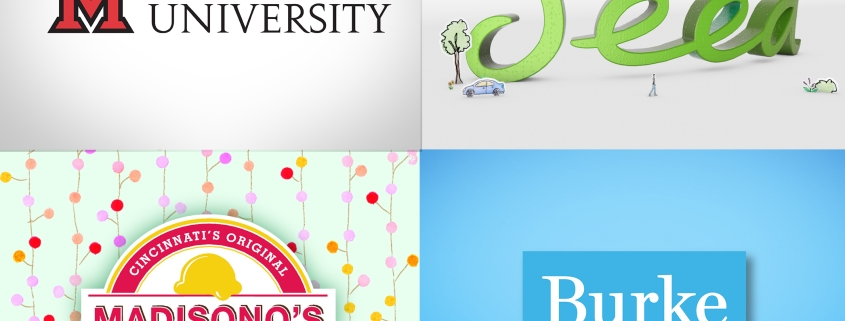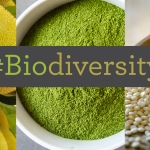From Insights to Jobs-to-be-Done & Innovation Platforms—all in 8 Hours
Our latest workshop with Miami University introduced us to some talented students enrolled in the university’s four-week course on entrepreneurship. This year, the course is focused on creating growth through innovation for the Madisono’s gelato brand—just the type of ambiguity that Seed & Burke thrive on!
Our one-day summit involved experts in decision sciences, brand strategy and innovation, hosting workshops with student teams from Miami. We focused on conducting qualitative research, establishing jobs-to-be-done and then using Seed’s proprietary approach for leveraging jobs to create innovation platforms.
The day began with instruction from Jim Berling from the Burke Institute on best practices for conducting focus groups and creating empathy maps.
Four valuable tips from Jim included:
1. Follow the energy. Throw your questions out and let the group lead the discussion.
2. Look for disconnects between what you expect to hear and what is said. This tension indicates fertile areas for exploration.
3. Don’t use names. Calling someone out in a group discussion can stall conversation and encourage dominant voices, thereby skewing the discussion.
4. Be the voice of the customer. Make a point to accurately represent what you heard during the discussion and avoid bias based on your role in the project.
After Jim’s presentation, it was time for the student teams to put what they learned into practice. They interviewed consumers about frozen treats, shopping habits and dessert-related behaviors and then captured their observations in a debrief, where they were given instruction on filtering observations and creating insights.
With fresh insights in hand, Eric Scheer, Shira Beder and the Seed innovation team led the group in a primer on jobs-to-be-done and how Jobs Theory informs Seed’s proprietary platform methodology.
This presentation centered on 4 essential tips:
1. Start with a lot of jobs. Brainstorming jobs should be a divergent task focused on quantity.
2. Choose your filter. You can use existing data, client capabilities, or quantitative research—or a combination of these. Define white space based on two simple questions: how valuable is completing the job to the consumer? And to what degree is the consumer underserved when completing the job?
3. Ensure innovation platforms are inspiring, not constricting. Inspiring the team to develop fresh ideas is the goal of any innovation platform, so platforms should be strategically focused, yet broad enough to allow for ample ideation.
4. Keep the end goal in mind. Remember that jobs-to-be-done and innovation platforms are a means, not the end. No matter how well-researched your jobs are and how well-crafted your innovation platforms become, they only exist to provide a framework that helps you create strategic, human-centered ideas.
In the final part of our workshop, student teams identified and clustered the jobs-to-be-done by frozen treats. By identifying and separating functional, emotional and social jobs, teams were able to create complete job statements. These job statements were then mapped and evaluated, resulting in a narrowed list of consumer needs that served as the basis for innovation platforms. Next, Seed led the teams to populate platform templates—filling in consumer tension statements, strategic rationale, consumer drivers and dig sites for each platform.
Miami students left the workshop with valuable consumer insights and need-based innovation platforms designed to spur fresh thinking. While their process isn’t complete, Seed and Burke gave the students the building blocks they need to develop successful growth strategies fueled by innovative ideas for the Madisono’s brand. We wish all the teams good luck as they complete their fun and delicious challenge.
Interested in learning more about our process of leveraging jobs-to-be-done to create breakthrough innovation platforms or want to hear more about our workshops? Cherri Prince would love to hear from you.
Eric Scheer is SVP, Director of Innovation at Seed Strategy where he leads the Innovation Center of Excellence and focuses on the implementation and advancement of innovation and creative process.
Edited by Adam Siegel. In addition to being the Editor of The Accelerator, Adam is a Creative Director at Seed Strategy where he draws upon his diverse experience in advertising, research and innovation to craft breakthrough creative and winning concept copy.
Connect with us! Follow Seed Strategy on our LinkedIn, Twitter, Facebook and Instagram pages.




